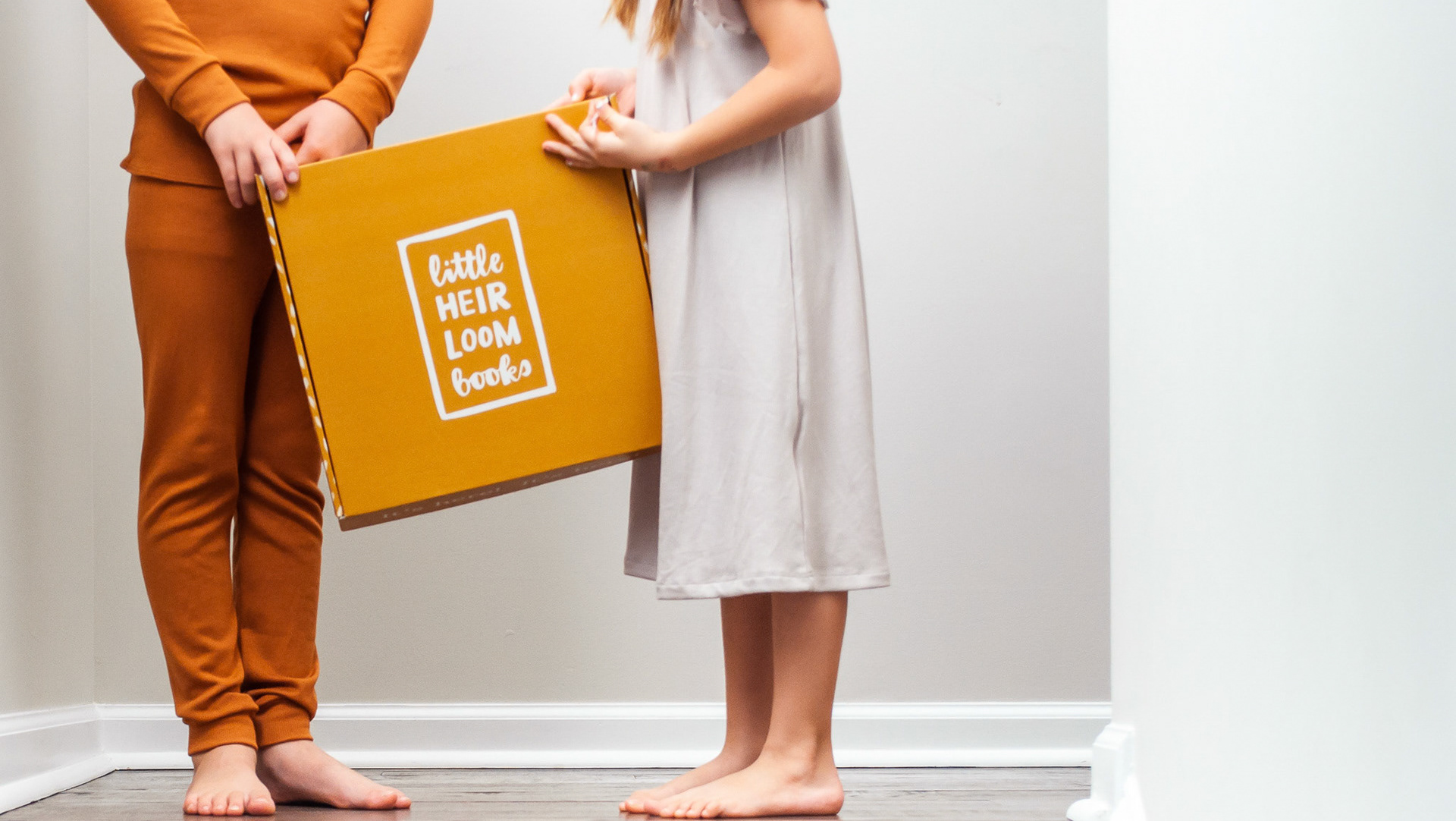Clem Shoes
As part of a course I took to strengthen my Figma design skills, I developed an app tailored to a 40-year-old woman named Mia, the target persona.
Mia, residing in Wake Forest, North Carolina, with their partner, is a part-time worker and describes themself as time-starved.
The aim was to craft an app with intuitive navigation and time-saving functionalities, enabling Mia to swiftly and cost-effectively discover shoes they love.
Mia, residing in Wake Forest, North Carolina, with their partner, is a part-time worker and describes themself as time-starved.
The aim was to craft an app with intuitive navigation and time-saving functionalities, enabling Mia to swiftly and cost-effectively discover shoes they love.
As I put myself in Mia’s shoes, I considered the daily challenges of time scarcity and their preferences concerning style and budget. After exploring popular gender-neutral shoe options in the local market, emphasizing comfort and unique style, I chose to center the app around vintage sneakers.
Competitive analysis of mobile app experiences from other shoe companies informed my design decisions. I conceptualized a business model and app focused on simplicity and convenience.
After establishing fundamental design elements, I mapped out a user flow, aligning with Mia's objectives and the tasks she needed to fulfill.
Competitive analysis of mobile app experiences from other shoe companies informed my design decisions. I conceptualized a business model and app focused on simplicity and convenience.
After establishing fundamental design elements, I mapped out a user flow, aligning with Mia's objectives and the tasks she needed to fulfill.
The flow chart became a blueprint for a low-fidelity wireframe, which I used to assess the app’s overall layout and flow. As I tested the wireframe, I kept Mia’s ease of use in mind and made changes to reduce friction and increase intuitiveness.
As I progressed to the prototype stage, I built out the app with typography and color, gradually incorporating imagery. All design elements were chosen to create a minimal, uncluttered interface that was unique and welcoming.
Usability tests were conducted with Wake Forest residents within the target age range, and design adjustments were made in response to their feedback.
As I progressed to the prototype stage, I built out the app with typography and color, gradually incorporating imagery. All design elements were chosen to create a minimal, uncluttered interface that was unique and welcoming.
Usability tests were conducted with Wake Forest residents within the target age range, and design adjustments were made in response to their feedback.
The final product is a fun, interactive app that simplifies the process of finding and purchasing unique vintage sneakers. Users can easily specify preferences, sign up for a waitlist, or quickly buy from available stock, according to their needs.
Simplifying the shoe-buying process provides Mia and others like them with an option that fits their lifestyle. The design is user-centric and easy to navigate. Mia can still find their new favorite sneakers even if they can’t find extra hours in the day.
Simplifying the shoe-buying process provides Mia and others like them with an option that fits their lifestyle. The design is user-centric and easy to navigate. Mia can still find their new favorite sneakers even if they can’t find extra hours in the day.
Hope Properties
Romney Lumber, a commercial real estate company that has been serving the community for over 100 years, needed a new website to support their split-up and rebrand as Hope Properties. In collaboration with Robyn Thomson, who redesigned their logo, I offered color palettes up for their consideration. They wanted a website that was easy for potential clients to navigate, would build trust, and was more light-hearted than their existing website.
They wanted a simple website without too many pages, bells, or whistles. The wireframe outlined a home page with links to their available properties, information about the company, and an easy way to contact them. The properties were to be outlined on a single separate page, with jumps to the appropriate property depending on which link they clicked. Properties will be linked to the appropriate site map and lease plan.
After receiving feedback from the client, we removed the bios and opted for a short summary about the company in lieu of a history.
Using new photos of the real estate sites and geographically appropriate stock photography, we updated the look and feel of the site to be more professional and polished. The pops of yellow add some fun and bring attention to the calls to action.



